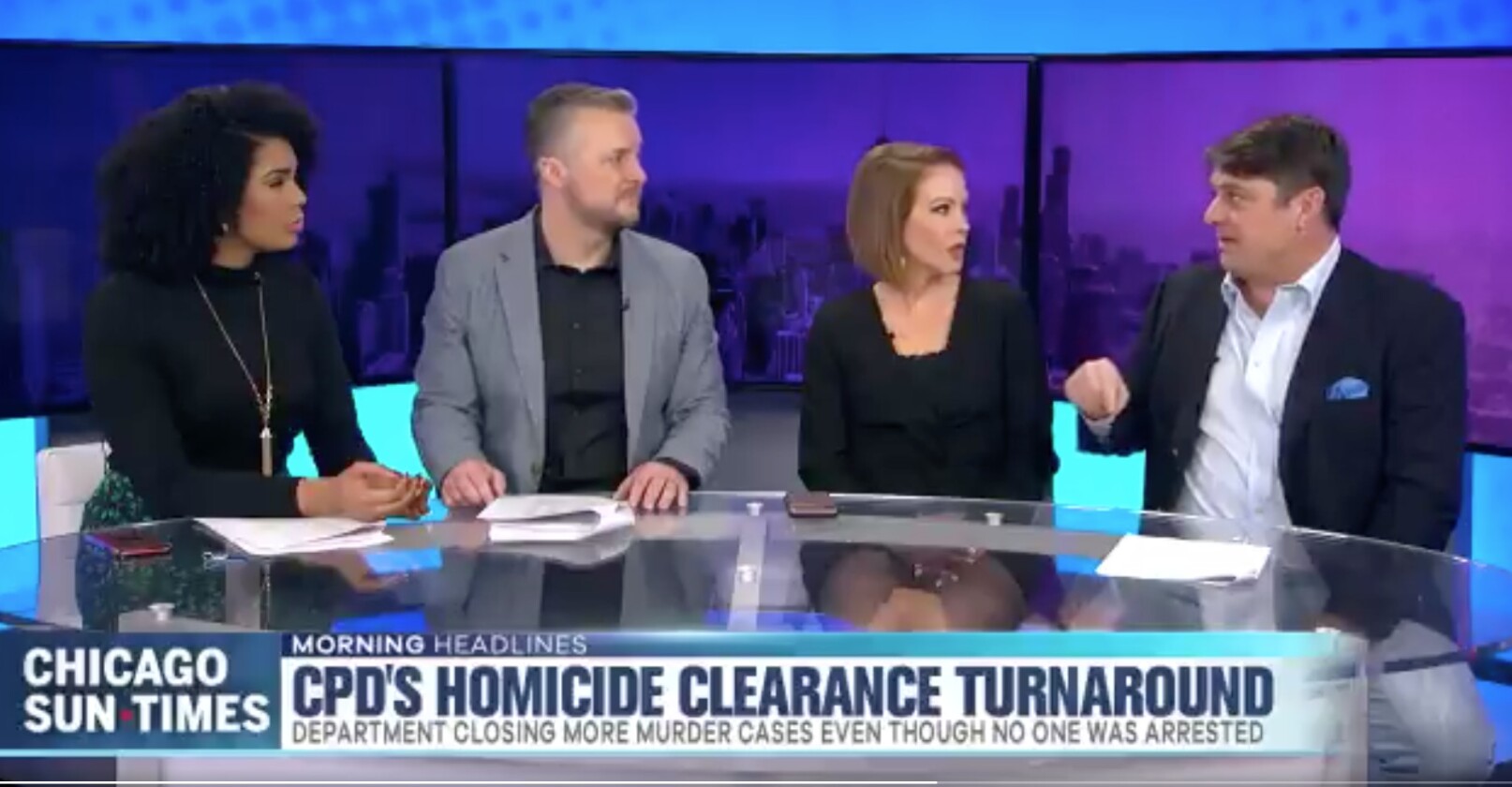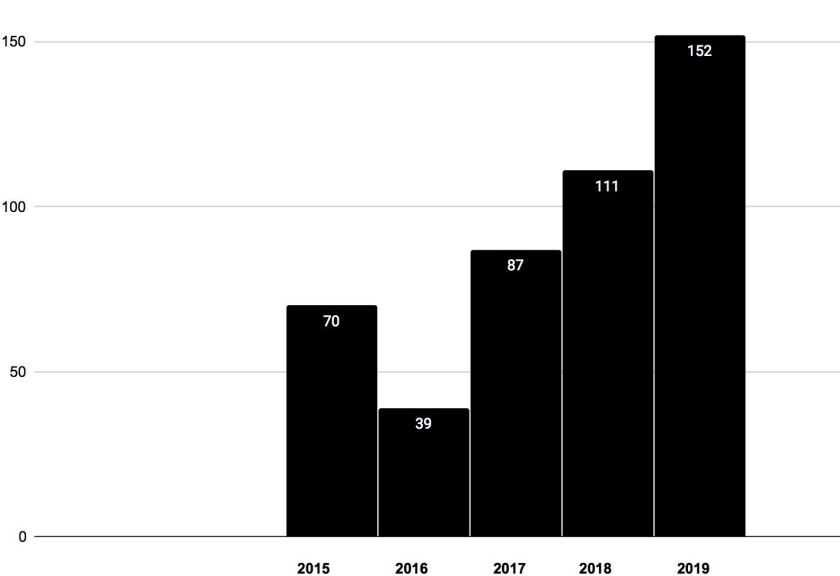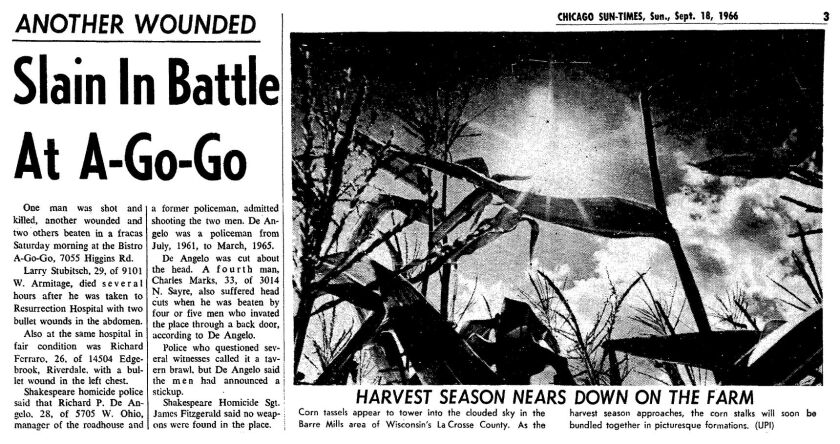Closing more murder cases even though no one was arrested pumped up the high clearance rate the Chicago Police Department has touted, a Chicago Sun-Times analysis finds.
The police department cleared more murder cases in 2019 that didn’t result in an arrest than it has done in years, the Sun-Times found.
Faced with turmoil at the top, a new mayor and criticism in recent years that its murder clearance rate was lower than the national average, the department made a surprising announcement Dec. 31. Police brass boasted that the department had “cleared more murders than in any of the past 10 years.”
They touted a 53 percent homicide clearance rate for 2019 — a huge turnaround after years of clearing fewer than one of every three murder investigations. They credited investments in more officers and in technology for “undoubtedly improving the Bureau of Detectives’ ability to clear more crimes.”
But, of the 261 murders that the police signed off on as having been cleared last year, 152 were closed “exceptionally” — what the department labels “CCX” for “cleared, closed exceptionally,” meaning no one was charged.
That means there was no arrest in 58% of the cleared homicide investigations.
The number of murder cases that were CCXed has gone up every year since 2016, police department figures show. After the department cleared 70 murders exceptionally in 2015, the number dropped to 39 in 2016, then rose to 87 the following year and 111 in 2018.
The vaunted improvement in the murder clearance rate obscures an important fact: The number of murder cases in Chicago that result in an arrest has gone down, the Sun-Times found.
Last year, prosecutors approved charges in 220 murder cases brought to them by the Chicago Police Department. That compared with 267 murder cases in 2016 in which charges were approved.
Those were the two years the police compared in their Dec. 31 announcement that they were clearing far more murder cases, saying the 53% of cases cleared in 2019 was up from 26% in 2016.
Murder cases closed without an arrest
CLICK TO HEAR FRANK MAIN ON WCIU’S ‘THE JAM’

Sun-Times reporter Frank Main discusses this story on WCIU’s ‘The Jam.’
When someone the police believe committed a murder has died or when prosecutors reject murder charges, the police department’s policy is to clear those cases exceptionally.
Chief police spokesman Anthony Guglielmi says the reason for the high percentage of CCXes last year is that prosecutors are rejecting murder charges more frequently.
According to the Cook County state’s attorney’s data, prosecutors rejected about 25 percent of the murder cases the Chicago police presented in 2019, compared with 14 percent in 2015.
There are reasons for that, says Tandra Simonton, spokeswoman for Cook County State’s Attorney Kim Foxx. A key one, Simonton says, involves an Illinois Appellate Court ruling in late 2017 involving DNA testing of semen in a murder investigation. That ruling has sharply limited the circumstances in which prosecutors can pursue murder charges. They’re now requiring more than just DNA evidence to file a murder case.
In a growing number of cases, Chicago police detectives have been told to get more evidence but returned without bringing prosecutors much new to support their cases, according to a source in the state’s attorney’s office.
A former high-ranking police official sees another factor influencing the push to clear murder cases even without an arrest.
“We got a new mayor, we’re getting our brains beat out. Let’s clear everything we can,” says the former official, who spoke only on the condition of not being named.
That’s not the case, says Brendan Deenihan, Chicago’s chief of detectives.
“If we’ve done everything we’re supposed to,” Deenihan says, and prosecutors still reject charges, “it’s supposed to be CCXed.
“We have a working relationship with the state’s attorney’s office to bring the strongest cases to them for prosecution,” Deenihan says. “We continue to work with them to present the best cases in court.”
Why murder cases were CCXed
To come up with a clearance rate, the police divide the number of cleared cases by the number of killings in the current year. Killings from current as well as past years are counted as long as they were cleared in the current year.
Police departments nationwide use that formula when they report their clearance rates to the FBI for its national crime summary.
A murder case that’s closed exceptionally doesn’t have to stay that way forever. There’s no statute of limitations on murder. Detectives can reopen a case if new evidence becomes available. Deenihan says it’s rare, though, for a “miracle witness” to appear years after a killing.
The oldest of the murder cases cleared exceptionally last year was the 1966 killing of Larry Stubitsch at a tavern on the Northwest Side. Richard De Angelo, a former Chicago police officer who managed the bar, told detectives he was cleaning up when a group of men came in and announced a robbery.
Stubitsch ended up being shot to death, and another man was wounded.
A Sun-Times report at the time said De Angelo told police he shot the men.
The case was cleared exceptionally because the “offender” had died, according to police records that didn’t identify the suspect.
The reorganization of detective units that interim police Supt. Charlie Beck recently announced “should increase our clearance rates,” Beck says. “It gives them far more geographic access to work with others in the department to solve our cases.”
Some homicide detectives will continue to work under the chief of detectives, investigating serial killings and other high-profile murders. But, in a big shift, most will fall under the supervision of the patrol division, continuing to work out of five area headquarters.








